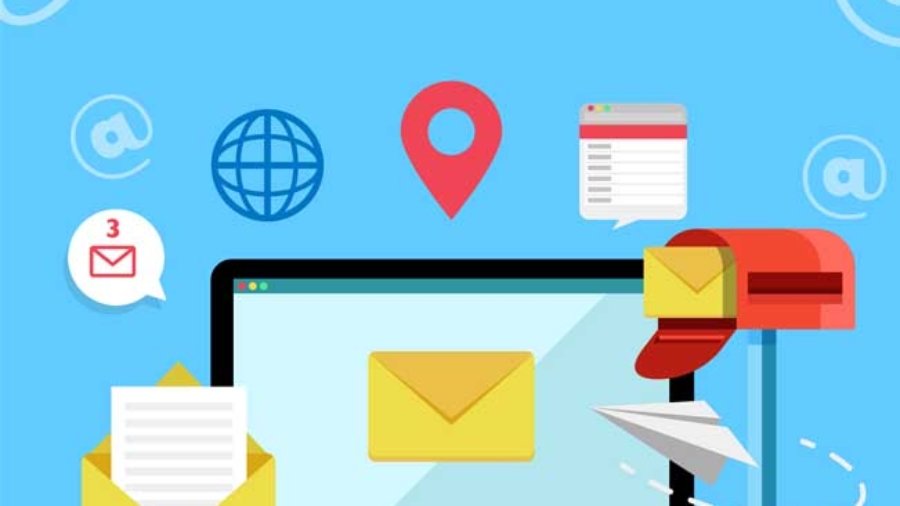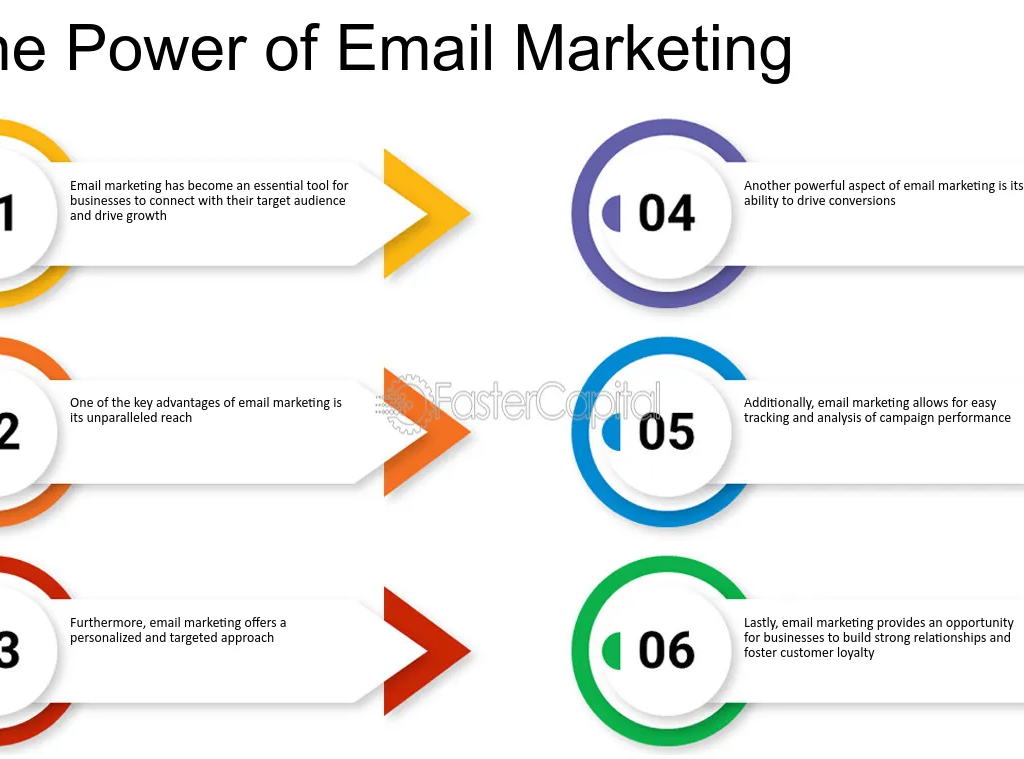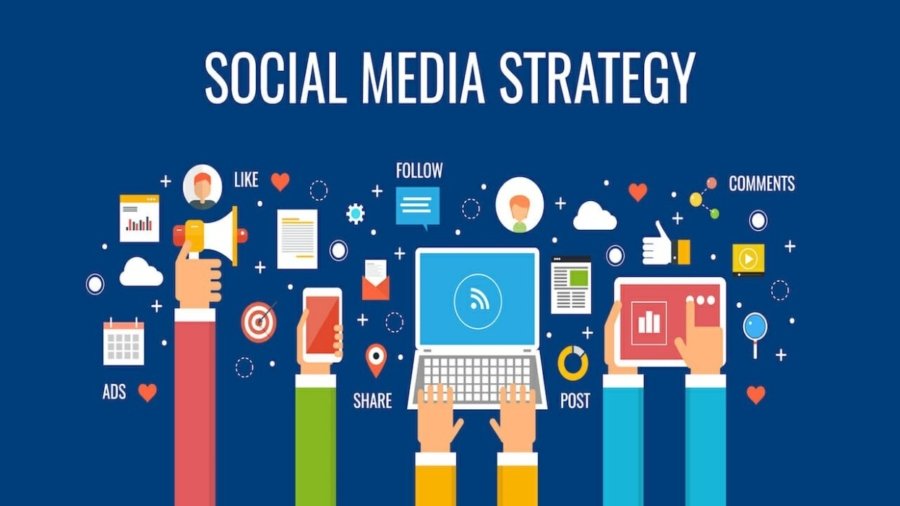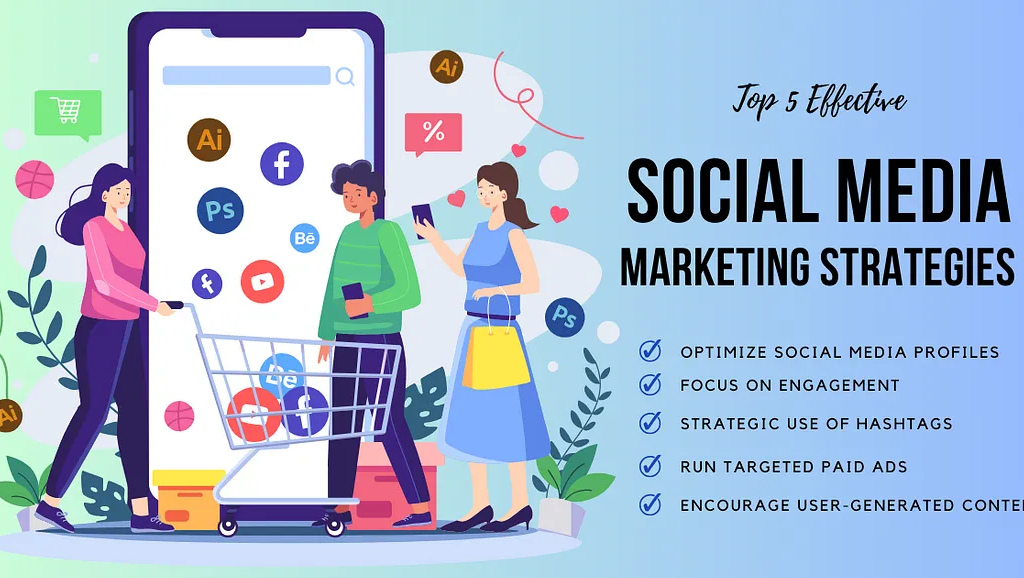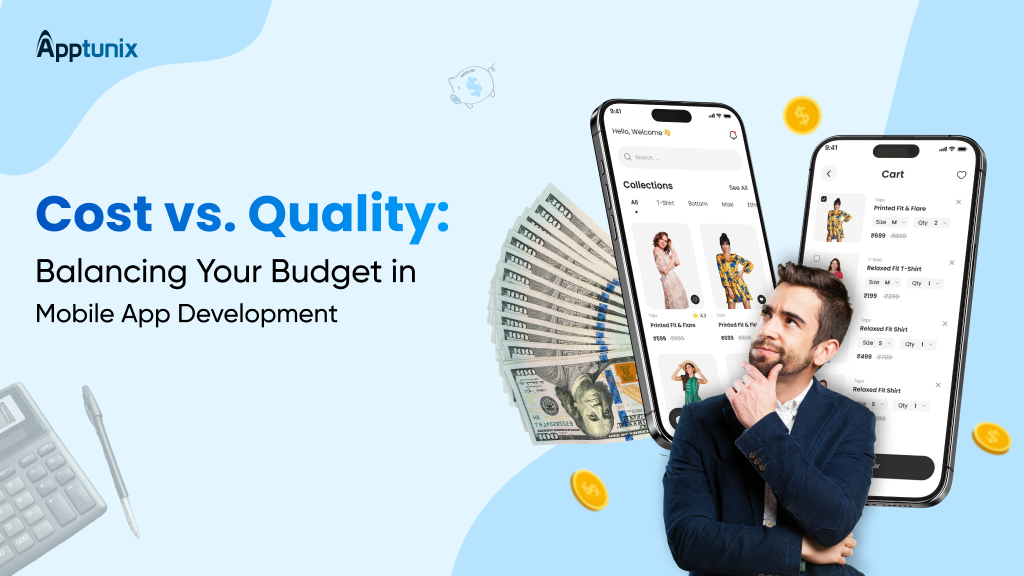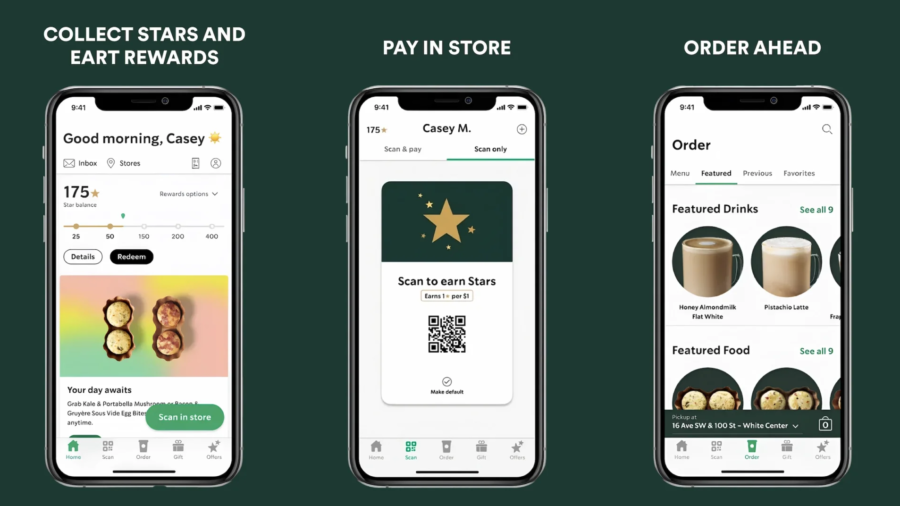
Artificial Intelligence (AI) is revolutionizing digital marketing, offering small businesses innovative tools to enhance customer engagement, streamline operations, and boost growth. Let’s explore how AI can be a game-changer for your business.
Understanding AI in Simple Terms
Imagine you have a super-smart robot friend who learns from data and helps you make decisions. That’s AI! In digital marketing, AI can analyze customer behaviors, predict trends, and automate tasks, making your marketing efforts more efficient and effective.
Real-Life Examples of AI in Action
Personalized Customer Experiences: Online retailers like Amazon use AI to recommend products based on browsing history and purchase behavior, enhancing user experience and increasing sales.
Chatbots for Customer Support: Small businesses are implementing AI-powered chatbots to handle customer inquiries 24/7, providing instant responses and freeing up human resources for more complex tasks.
Predictive Analytics: Companies utilize AI to analyze past customer data and predict future buying behaviors, allowing for targeted marketing campaigns and better inventory management.
Benefits of AI for Small Businesses
Cost Savings: AI can automate repetitive tasks, reducing the need for extensive human intervention and lowering operational costs.
Improved Efficiency: By analyzing large datasets quickly, AI helps in making informed decisions faster, enhancing overall productivity.
Enhanced Customer Engagement: Personalized marketing strategies powered by AI can lead to higher customer satisfaction and loyalty.
Getting Started with AI
For small businesses looking to integrate AI into their digital marketing strategies, consider the following steps:
Identify Repetitive Tasks: Determine which marketing tasks are time-consuming and could benefit from automation.
Explore AI Tools: Research AI-powered marketing tools that suit your business needs, such as chatbots, email marketing automation, or analytics platforms.
Start Small: Implement AI in one area at a time, measure its impact, and gradually expand its use across other marketing functions.
By embracing AI, small businesses can compete more effectively in the digital landscape, offering personalized experiences to customers and optimizing marketing efforts for better results.
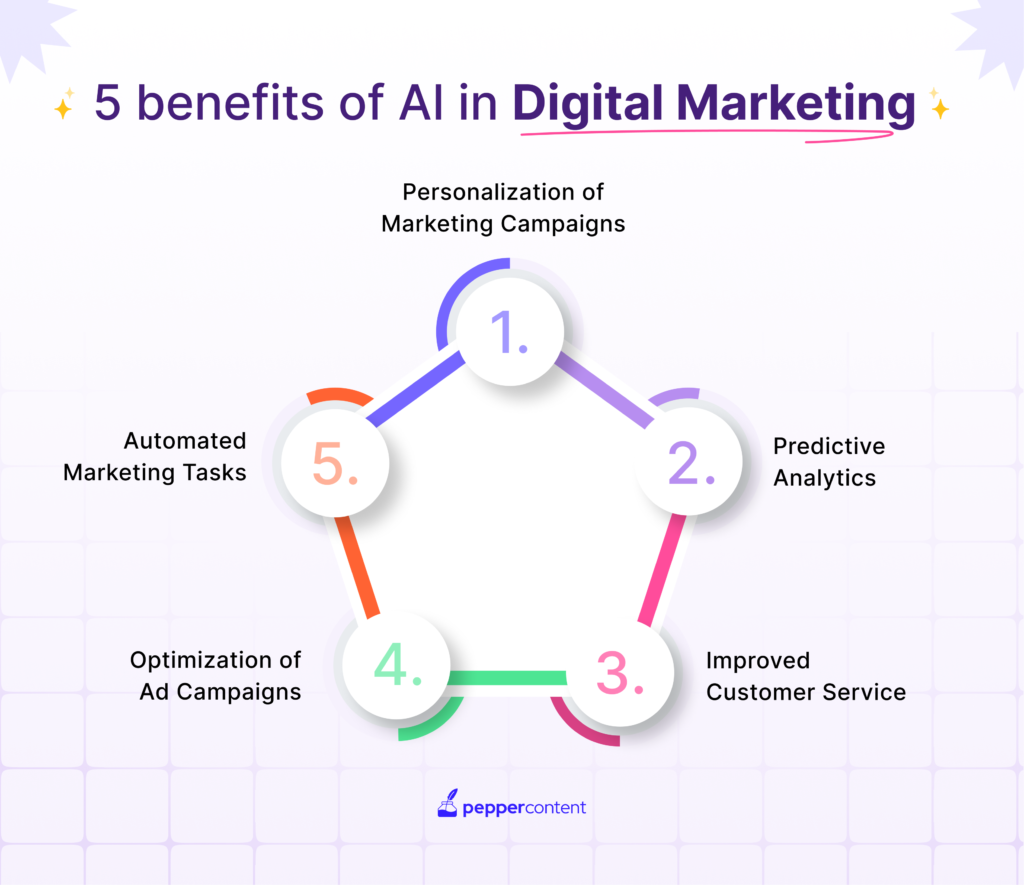
Note: The information provided is based on various sources and aims to offer insights into the role of AI in digital marketing for small businesses.

